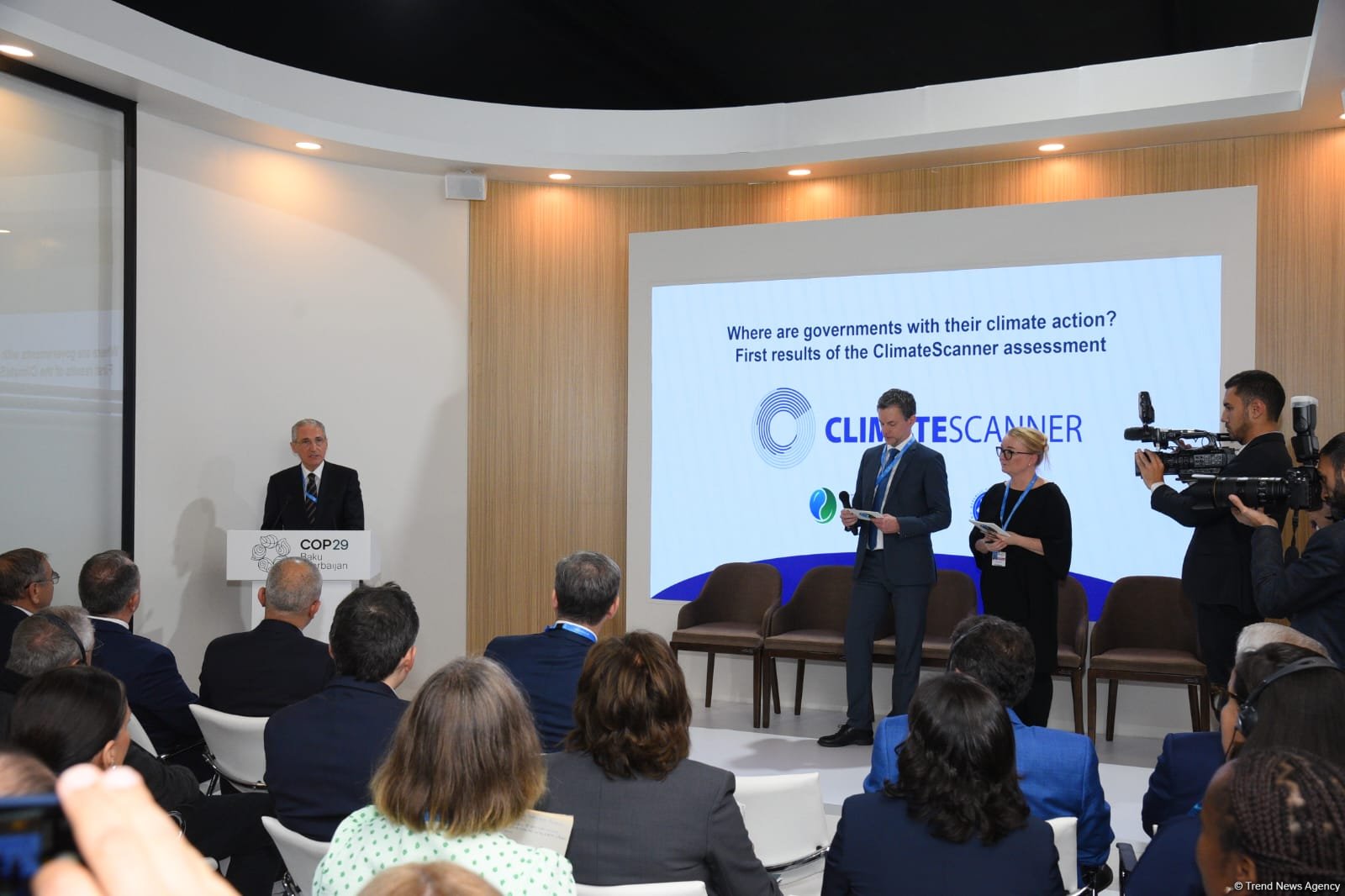New research shows that toilet paper could potentially be a major source of the so-called ‘forever chemicals’ PFAS entering the environment.
An estimated 184 billion rolls of toilet paper are used worldwide every year, which requires felling more than 700 million trees, according to sustainability advocate The World Counts.
-
The manmade chemicals accumulate over time. Most of us have PFAS in our blood already (Photo: Ingmar Zahorsky)
In Europe, the average Portuguese person uses 1,035 km of toilet paper in their lifetime — more than any other nationality, according to figures from another source, QS Supplies.
But cutting trees is not the only problem related to toilet paper.
Scientists from the University of Florida have found that toilet paper may also be a major source for PFAS pollution of the environment.
“We asked ourselves where is the chemical used, and one product is paper, hence the look at toilet paper,” corresponding author of the study, Timothy Townsend, professor of environmental engineering at the University of Florida explained to EUobserver.
His team sampled toilet paper and wastewater sludge from Africa, the Americas, and Europe, looking for the presence of 34 different types of PFAS.
“Our results suggest that toilet paper should be considered as a potentially major source of PFAS entering wastewater treatment systems”, Townsend’s research concluded.
PFAS forever chemicals
Per- and polyfluoroalkyl substances (PFAS) are a large group of chemicals.
They are called ‘forever chemicals’ because they do not easily break down but stay in water and soil for generations.
The OECD has listed over 4,700 different PFAS, while the US has registered over 9,000 compounds.
The EU restricted two forms of PFAS in 2020, but most of the chemicals are not regulated or labelled at all.
PFAS have been used in consumer products and manufacturing since the 1940’s to impart water and stain resistance.
You will have encountered them without knowing in firefighting foams, food packaging, popcorn bags and pizza boxes, non-stick pans, raincoats, makeup, medical and electronic devices, dental floss, toilet paper and in many other daily consumer products.
PFAS do not occur naturally, but enter the environment through production or waste streams and are found in the bodies of almost all humans today.
A recent cross-border journalistic investigation involving 18 European newsrooms and supported by Arena for Journalism in Europe mapped more than 17,000 PFAS-contaminated sites spread all over Europe.
Most PFASs are easily transported in the environment through water. The bad news is, that they can also fly.
“When air is entrained into seawater by breaking waves, surface active substances such as PFASs can be scavenged by the air–water interface of the bubbles and transferred to the atmosphere via SSA emission”, a study from Stockholm University showed. Or in other words, PFAS can be made airborne when it bubbles up out of liquids.
It means that they can be detected far from any areas of manufacture or use — for example, in arctic environments — making PFAS very much a global problem.
What is the problem?
Humans and animals are exposed to PFAS when eating food or drinking water. Plants also accumulate PFASs via soil and water. And because the man-made chemicals accumulate over time, most of us will have them our blood already.
Certain PFASs are toxic for reproduction, may cause cancer in humans and are suspected of interfering with the human endocrine (hormonal) system, according to the EU’s chemical agency in Helsinki (ECHA).
In Europe, some 20 million people have been exposed to drinking water with PFAS levels above the new limits being discussed within the European Union, according to Swedish Chemicals Agency.
As most PFAS are not subject to authorisation requirements or labelling, it is very difficult for consumers to avoid the chemicals.
The sad conclusion is that even if all releases of PFASs would cease tomorrow, they would continue to be present in the environment, and humans, for generations to come.
Back to the toilet paper study ranking the Portugues top in Europe using 137 rolls per person yearly. They are followed by the Germans (134 rolls), the Brits (127) and the Belgians (120). The average weight of a roll of toilet paper was 227g.
Yet, 70 percent of the world’s population doesn’t use toilet paper at all.
EUobserver is looking at the industry and possible upcoming restrictions to PFAS production in Europe in a series of articles. Stay tuned.

















;Resize=(1180))



Discussion about this post